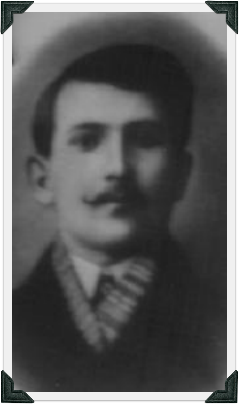
Vito Adamo
1908 – 1913
The first prominent Italian gang leader in Detroit, after moving to the city in 1907 from his home town in Sicily. He and his brother Salvatore, controlled the flow of illicit liquor in and out of the growing Italian colony until the emergence of the Gianolla gang in 1912. During the first part of the 20th century the Adamo gang also used extortion as a means of making money, and they targeted Italian immigrants who were coming to Detroit to start a new life.
During 1912 – 1913 the Gianolla brothers started to encroach on Vito Adamo’s territory in Wyandotte, which would start a turf war. During the 12 months several Adamo gang members were killed and Adamo himself took refuge in Detroit and aligned himself with Mafia leader Pietro Mirabile.
A string of arrests and killings would soon develop in Detroit, within both gangs. Soon though, the 5 year era of the Adamo brothers would end. When in November 1913 both Vito and his brother, were gunned down by shooters near their home.
Tony Gianolla, would then go on to take over the Adamo rackets.
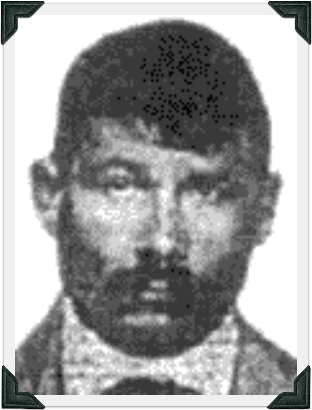
Tony Gianolla
1913 – 1919
Giannola also came from Sicily, moving to Detroit in 1901. Along with his brother Salvatore they had a few business interests in the Little Italy area of Detroit. Tony was lucky enough to take over as a Mafia boss, because in 1913 he narrowly avoided an assassination attempt in 1913 by the Adamo brothers which left him seriously wounded.
It was the Adamo brothers that would eventually end up 6 feet under, and soon the Giannola brothers would rule Detroit with little resistance or challenges from other gangs or families. After a lengthy spell at the top, things would come crashing down.
They would come crashing down spectacularly as well, because 1919 would signal a new era of bloodshed in Detroit, leaving dark times ahead.
A rival mob boss Giovanni Vitale was looking to make a power move, and he was plotting Tony’s death. Tony was gunned down in front of his friend’s home whilst paying a visit of benevolence; his killer was his adopted son and personal bodyguard, Tony Alescio.
Detroit’s underworld would never be the same again…
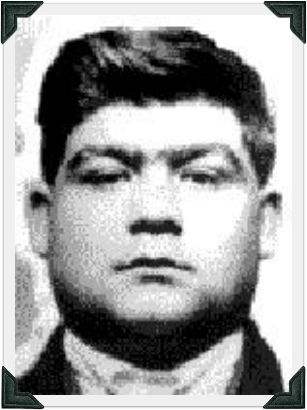
Salvatore (Sam) Gianolla
1919
Vitale wouldn’t take full control straight away, and after the death of Tony, his brother Salvatore would take over operations. However, he wouldnt take control for long…
He managed to survive an assassination attempt in which his brother-in-law Pasquale D’Anna was killed, and in retaliation John Vitale’s son and two other people were shot in the lobby of the Wayne County Jail.
Salvatore Giannola was said to have carried out the hits himself, and he was charged, but acquitted due to lack of evidence. Things then seemed calmer but only for a few months. At the time of Salvatore’s assassination he was looking at trying to get out of the business, but instead he was met by bullets when he was gunned down in front of the American State Bank on Monroe and Russell Streets, in October 2nd of 1919.
Giannola’s funeral was one of the most elaborate elegant and heartfelt one in Detroit at that time.
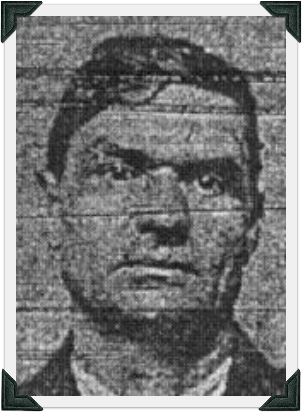
Giovanni (John) Vitale
1919 – 1921
Giovanni Vitale, or John Vitale would now come to power in Detroit, but this was a violent and desperate time and Vitale would only enjoy a shortened reign marred by the murder of his oldest son Joe. Joe was killed when some former Gianolla members tried to retaliate and take out John.
John Vitale’s death would sound like something out of the movies. He was mowed down by over 18 bullets which were fired from two passing motors, they struck the Detroit boss down on 14th Avenue and Marentette at 3 a.m.
The death of Vitale marked the end of the long conflict which pitted the forces of the powerful Gianolla’s against many men who had at one time paid homage to them and their influence.
It would also mark a change in power in Detroit, at the height of Prohibition.
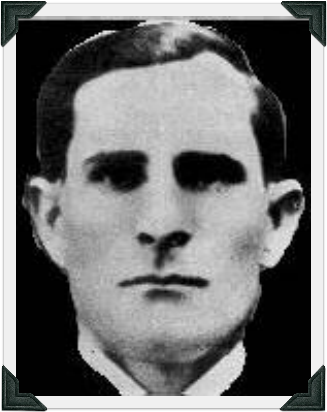
Salvatore Catalanotte
1921 – 1930
Salvatore Catalanotte was born in Trapani, Sicily and immigrated to Detroit at some point in 1905, a time where many mobsters were coming over from Sicily.
He started off bootlegging for the Giannola brothers during the height of the Vitale-Giannola War. Like many mobsters in that era of Detroit, Catalanotte survived several attempts on his life. He tried to form an alliance between the factions from the East and West and his unified crime syndicate demonstrated its influence by corrupting city and state officials while simultaneously ensuring protection for its racketeering operations.
This syndicate setup by Catalanotte was known as the Pascuzzi Combine and is widely considered the precursor to the Detroit Partnership.
He was also the first mob boss to not die in an assassination attempt, it was, in the end, pneumonia that would take Salvatore Catalanotte in 1930. This, some 9 years after taking control as boss.
As a sign of respect, every prominent member of Detroit’s criminal underworld paid their respects to the man they called Sam Sings in the Night (a translation of his last name).
The next boss of the partnership, wouldn’t last so long…
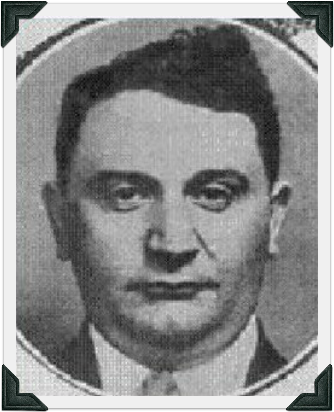
Cesare Lamare
1930 – 1931
Cesare led the Detroit Mafia for a brief period in 1930, which also coincided with the raging Castellammarese War. It was this War that Lamare became a victim of in 1931, before it ended.
Lamare actually came over to the US earlier than most other immigrants, traveling over in 1897.
In the late 1920s, Lamare became a strong ally of Joe Masseria. Masseria became boss of bosses of the mob in 1928 and urged Lamare to expand his underworld interests into areas controlled by those less loyal to Masseria, this included other mobsters such as Angelo Meli gang which was commanded by Gaspar Milazzo.
Lamare ordered the assassination of Milazzo on May 31, 1930, at a Detroit fish market, 2739 Vernor Highway.
He also tried to take out Meli at the same time and place, but Meli did a no-show. Milazzo and his companion Sam Parrino were shot to death by Lamare gunmen. Many believed that Masseria personally approved the murders, and used the incident to rally other mobsters.
Meli however quietly started to plot and work against Lamare.
Even with a newly built and fortified home in Detroit, Lamare was not safe from rivals who wanted revenge. Sooner or later the time would come, and that time was February 7, 1931 when he was gunned down in his home. Suspicion grew that the gunman must have been a trusted ally of Lamare to have been let into the house.
This death would signal another chapter closing in Detroit’s dark history, as we now entered into the Tocco era.
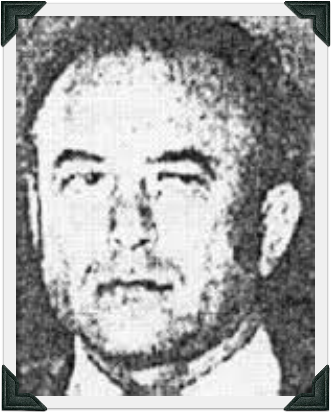
Guglielmo “Black Bill” Tocco
1931 – 1936
Better known as Black Bill Tocco, he came to Detroit in 1910 and would go on to join his cousin Giuseppe Zerilli and Angelo Meli in backing the Giannola Brothers’ bootlegging operations. After the assassination of Lamare, Black Bill and Joe Zerilli were arrested but no evidence was found that they took part in the hit, so everything was droped.
Black Bill would take over as the leader of the gang, and this is the point in history where we see the Detroit partnership start to form, as both the East and West factions started to come together for the first time. Black Bill would go on to run the Detroit Partnership for 5 years before he decided to step down and become an underboss in the crime organization. He would hand over power to his ally and long-time friend Joseph Zerilli.
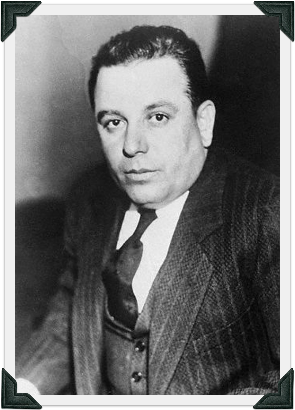
Joseph Zerilli
1936 – 1977
Acting 1965 – 1973: Anthony Zerilli
Acting 1973 – 1979: Jack Tocco
Joe Zerilli was a smart man, and he knew how to run an organised crime syndicate well. The key to his success and long-standing reign as leader? Simply by keeping out of the limelight.
He would take the Detroit Partnership to new levels, and with the Hazel Park Company operation in the late 1940’s he would soon find a way of new income that would be passed to his son and Jack Tocco. At its peak the Partnership was turning over some $150 million a year.
In 1957 the famous Apalachin Meeting, organized by Vito Genovese took place, and it is suspected that Zerilli was going to attend. It was his driver Anthony Giacalone, also known as Tony Jack, who made the move to swing the car around when he overheard on the radio that there was a police raid at the home of Joseph Barbara (where the meeting was set to take place), and thats why no record of Zerilli was found on the list of arrests. However, the FBI had airport and hotel records of Joe Zerilli in New York at the time of the Apalachin meeting.
However, he wasn’t so lucky when Joe Valachi came to the stand in 1963 for the Kefauver hearings as his name was mentioned a number of times during the events. Luckily though, nothing came from it.
Zerilli was also connected to Jimmy Hoffa, the teamster president worked alongside the Partnership for several years, but the relationship would turn sour when Hoffa found out the his wife was having an affair with Detroit mobster Tony Cimini. Hoffa spoke to Zerilli and wanted something done, but took it on his own back to get the mobster arrested for fraud. Soon after Jimmy Hoffa would disappear. His driver, now turned street boss, Anthony Giacalone was a prime suspect.
At this point in time Zerilli was suffering from health problems and only had a few years left on the clock. At the age of 79, and after an incredible 41 years at the top, Zerilli would succumb to his health issues. Passing the baton on to another Tocco, this time Jack Tocco who was serving as an acting boss for Zerilli over the past few years.
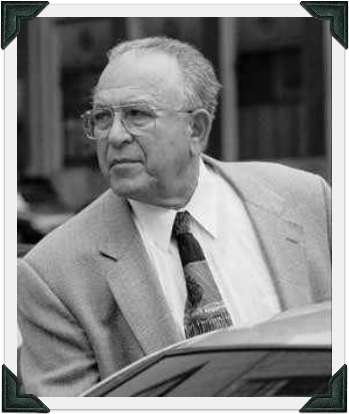
Giacomo “Jack” Tocco
1977 – 2014
Acting 1977 – 1979: John Priziola
Acting 1998 – 2002: Tony Tocco
After the passing of Zerilli, Jack Tocco took over the family but he wasn’t officially the boss until 1979. The longtime consigliere for the Partnership, Papa John Priziola was never an official boss but acted as the boss until his death in April 1979, at which point Jack Tocco was given the official nod in a ceremony that was actually caught on camera by the FBI.
Just like the former boss, Zerilli, Tocco would have a lengthy spell in charge of the Detroit Partnership, some three decades leading up to his death at the age of 87 in 2014. His father was also on the ladder of the Partnership, Black Bill sat on the throne back in the 1930’s until he stepped down to make way for Zerilli.
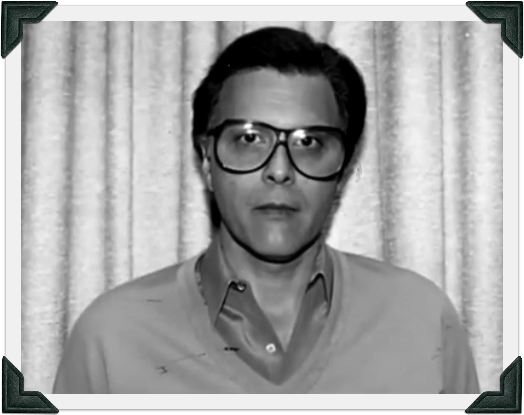
Jack Giacalone
2014 – present
Jackie The Kid is the current reputed boss of the Detroit Partnership, he is also the son of the late Vito Giacalone who passed away 2 years prior to Jack taking status as boss. He is also the nephew of the formidable “Tony Jack” Giacalone.
Jackie rose through the ranks of the Partnership over the years, from becoming a capo in 1990, until he took over from Tony Jack as street boss in 2001. He looked after gambling operations whilst also serving as a lieutenant to Jack Tocco. He is also a very undetected figure in the mob, over looked by the media and almost unrecognized by the casual mob watcher.
Oh, and he also happens to hate his nickname, Jackie The Kid, which was given to him by his Uncle through his love of cowboy films including his interests in American Old West gunfighter, Billy The Kid.
The Partnership, or Syndicate as it is also called, has maintained its strength and power by always enforcing a strict code of low conduct. Keeping under the radar, being smart, and no making themselves center of attention in the media.
One anonymous source told us ” I was reprimanded several times for being too flashy. It doesn’t fly in Detroit. It ain’t New York.”
“Significantly reduced in numbers—recent FBI accounts place Motor City Mafia membership at roughly 25 made members with about 75-100 associates, compared to nearly triple that in the 1970s—as well as headline grabbing exploits, there have only been five Mob-related homicides in the last two decades, the Detroit crime family is the most functional, healthy, and financially profitable Mafia syndicate in the entire country. While other regional Mob families have been destroyed from within by internal squabbling and government defection, the Motor City Mafia has only had one made member ever turn federal witness, an astronomical feat considering the current underworld landscape. The Detroit faction of La Cosa Nostra remains a silent but ultimately very real and deadly presence in the American gangland culture while exhibiting no signs of slowing down. And, although membership is aging, a new generation will eventually ascend to take the reins of the local Mafia and lead the storied crime family into the future, and most likely, beyond.”
– Scott Burnstein, Motor City Mafia (http://www.gangsterreport.com)





